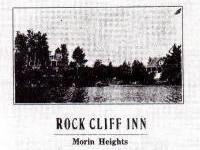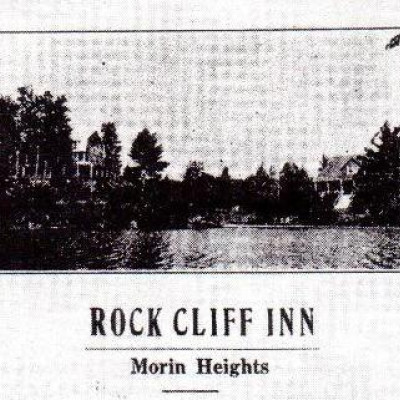 By the 1890s, with the coming of the railways, the Laurentians were becoming less isolated, and in the summers, middle class people from Montreal started coming for vacations away from the city. This initiated a new form of economy -- the boarding house farm.
By the 1890s, with the coming of the railways, the Laurentians were becoming less isolated, and in the summers, middle class people from Montreal started coming for vacations away from the city. This initiated a new form of economy -- the boarding house farm.
Boarding house farms were almost always run by women. In Morin Heights, for example, these establishments were referred to as "Mrs. Charlie Seale's" or "Mrs. Annie Kennedy's" or with just a family name, such as "Watchhorn's Farms" or "Campbell's Farm," with the presiding CEO always a woman.
At this period, and well into the 1950s, there was a strong cultural, almost religious, belief in the moral, as well as the physical health benefits of the countryside as opposed to the city. Clean air and water and locally grown food, as well as contact with animals and plants, were viewed as morally improving, particularly for children.
Many of the farms that were located close to lakes benefited the most from this new influx of visitors. The farms provided dairy products, eggs, fresh chickens and vegetables to the part-time residents. Also, there were many specialty items that arrived weekly by horse and cart (and later by truck) from traveling vendors: butchers, bakers, fish sellers and so on. These arrivals were always greeted with interest and viewed as rather antique and quaint by people from the city.
